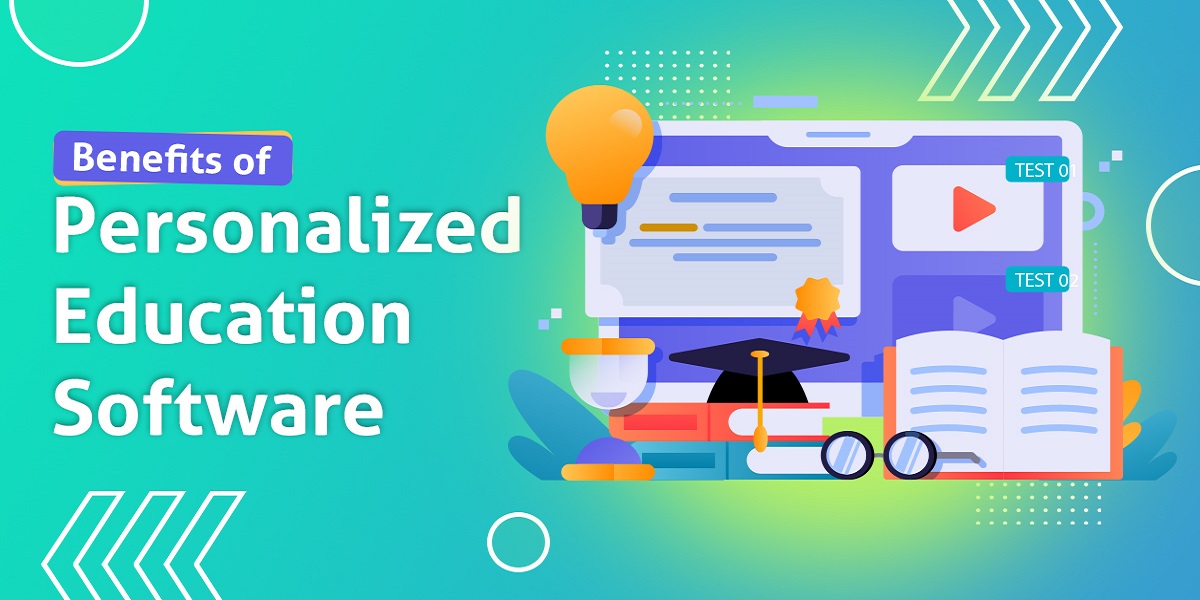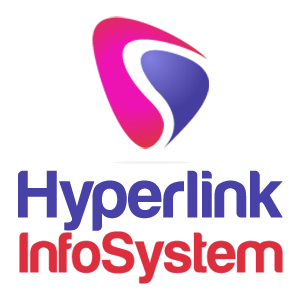
As we strive to provide world-class learning experiences for students, personalized education software has emerged as a game-changing solution, addressing the diverse needs and learning styles of today's digital natives. According to a recent study by the National Education Association, personalized learning technologies have been shown to improve student achievement by an average of 30% compared to traditional instructional methods.
A report by the U.S. The Department of Education reveals that nearly 65% of fourth-graders and 66% of eighth-graders in the United States are not proficient in reading, highlighting the urgent need for innovative solutions that can bridge the learning gap.
Personalized education software offers a dynamic and adaptive solution, tailoring the learning experience to each student's unique strengths, weaknesses, and learning styles. In this guide, we'll dive into the powerful benefits of personalized education software and explore how it's revolutionizing the educational landscape.
Teachers under the umbrella of personalized education realize that each student is different in terms of requirements, skills, and learning style. It does not use the traditional customized size-fits-all approach but rather makes the learning personalized. Because of its nature, personalized education means that every student is different, with his or her own strengths, weaknesses, and learning preferences.
This has seen some students pursue a similar course of learning at different speeds, having varying previous knowledge, and being responsive to different teaching methods and learning materials. By catering to this diversity, personalized software can change the content, pace, and way it is delivered to customize each student's learning, thus giving apersonalized experience to each student.
One of the recently introduced technologies in the education field is customized education software that personalizes the learning process for every student depending on his/her individual skills, capacities, and learning style. It uses data, analytics, and advanced algorithms to create tailor-made learning tracks, personalized content, and unique assessment regimes.
In contrast to static and traditional educational materials, adaptive learning software is a dynamic system that is flexible in the course of instruction and provides a tailored educational experience for the learners.
Below are the top ten benefits of using personalized education software today:
The most significant element of personalized education is the individualized learning plans (ILPs) for every student. These plans are tailor-made to meet each person's individual goals, strengths, weaknesses, and learning styles. ILPs are the guidebooks that spell out the goals, tasks, and tactics for the realization of the set student results.
Through an ILP, pupils will do as much as they can handle, focusing more on problematic subjects and moving forward when they have grasped a specific skill. With this flexibility, students will not lag behind or become strangers to teaching procedures because of the application of a very rigid, standardized approach.
Personalized education enables diverse learning styles, which is one of the most prominent benefits of personalized education software. For a long time, educators have had in mind that students need different ways of processing and recalling information. To some students, visual learning is their strength and they benefit most from charts, diagrams, and visual aids. Some are auditory learners and excel when lectures, discussions, and audio resources are involved.
Kinesthetic learners learn well by means of hands-on activities, physical manipulatives, and discovery through experience. By recognizing these different learning styles, educational software with a personalized approach can present information in various formats so that each student can interact with the material in a unique way that matches his/her preferred learning modality.
Kinetic learners, for example, could greatly benefit from simulations implemented with virtual reality that give them a fully interactive, hands-on experience. Adaptive assessment can be individualized and is suitable for different kinds of learning, providing alternative formats and accommodations for each student's comprehension.
Among the main difficulties faced by traditional education is keeping students’ focus and motivation high all the time. Personalized education software fights this problem through the gamification technique, which is able to get individuals to be competitive, to be recognized, and have fun.
Gamification means applying game design elements like points, badges, leaderboards, and rewards to non-gaming contexts such as education. These components bring a sense of play, competition, and achievement into the learning experience, translating into an increased sense of involvement and motivation.
Firstly, personalized education software increases engagement via instant feedback provision as well. Conventional education frequently contains a gap between completing the assignment/assessment and getting the feedback, which may result in disengagement or demotivation.
Students will achieve their tasks, use interactive education, and do their lessons via their smartphones, tablets, and laptops whenever it fits their schedules and lifestyles. You can avail yourself of education software development services to deploy interesting and intuitive different learning styles to encourage lifetime learning, including non-formal learning methods.
The software supporting individualized learning considers the differences in learning speeds by allowing students to move through the modules at their own pace. The students who may be slow with a topic can take extra time with it, while the ones who are quick with grasping the concepts can move ahead without lagging along.
It may be using text-to-speech technology for those with visual impairment, closed captioning for the hearing impaired, or alternative input methods for those with physical disabilities. Each time accessibility is prioritized, software is a tool that is helpful in creating a learning environment that is inclusive and equitable for all.
Personalized learning software, which is intended to increase the effectiveness of learning, is also able to have a considerable impact on teachers and educators. Automation of office tasks like grading assignments, attendance record keeping, and management of student records is a catchy advantage.
The software that uses individualized education automates the tedious tasks and, therefore, teachers have more time for more important activities like lesson planning, individualized feedback, and addressing the individual student’s needs.
In addition to that, these systems provide data and analytics that teachers can utilize to understand their teaching methods better. It is also possible to identify the areas that need improvement and employ data-driven instructional techniques. By the creation of a constant learning atmosphere and professional development, the individualized learning software platform could add to the general effectiveness and long-term knowledge of teachers.
A key advantage of individualized instruction software is the flexibility of self-paced learning. This type of environment allows learners to have the liberty of moving through materials at their own speed rather than being constrained by the boundaries of a traditional, linear course.
This type of gradual progression, thus, helps students remain at the same level of knowledge with every topic and minimizes the chances for gaps or misunderstandings to occur. The personalized educational software is capable of carrying out adaptive tests and feedback that suit each learner's ability by changing the content and the activities as per each learner's understanding level.
In addition, students have the opportunity to create their own learning goals and track their progress at the end of the learning experience. This feeling of personal investment and responsibility boosts motivation, self-control, and a mindset of growth, which eventually results in better academic performance.
A variety of assessment techniques, both formative and summative, are mostly used in personalized education software. Formative assessments refer to ongoing, low-stakes evaluations that are utilized to identify areas in need of improvement and, if necessary, change the teaching strategy.
Summative evaluations, on the one hand, represent an exhaustive assessment of a student's attainment of a particular subject matter or skill at the end of a learning session or course. A number of assessments are offered in personalized education software to show you how a student is doing and in what areas.
Along with real-time analytics, personalized education software normally has the feature of personalized feedback that generates unique, personal feedback for every learner. The feedback mechanisms might include self-generated explanations, additional resource recommendations or practice exercises, or self-reflection and goal-setting prompts.
While personalized software programs promote individualized learning, they can also be used for collaboration and communication by the learners. On the majority of platforms, there are virtual classrooms or discussion forums where students communicate with each other, share their thoughts, and do assignments or projects as a group.
Collaborative spaces are highly encouraged platforms that bring together community and social learning, thereby allowing students to learn from each other and benefit from different inputs. This can be a great chance for businesses to increase student engagement and increase their sales. In addition to this, virtual classrooms and discussion forums also operate as channels for peer feedback and support, so businesses can use this feedback to strengthen the learning process.
Besides, social learning networks also enable students to get resources, study strategies, and learning tips as they traverse their customized learning paths.
Leveraging data for informed educational decisions is one of the most exceptional advantages of personalized education software. The data collected from individualized learning software can be used for predictive analytics. Machine learning algorithms can be made to look for patterns in student data that are associated with the risk of students not keeping up or being bored.
This data will be useful for the teachers, as it will encourage them to take a proactive approach and provide specialized aid or intervention to the students at the very initial stage of the problem. The third use of predictive analysis is the identification of gifted students who might require additional challenges or enrichments in order to ensure supporting every student to the best and providing appropriate challenges.
Through the powerful analytics of personalized education software, some concerns of students’ security and privacy need to be resolved. Education establishments and software providers should implement strong data protection measures to protect the confidential information of students while also abiding by all the existing privacy laws and regulations.
It is not only through the technical skills that educational software evolves but also through the critical thinking and problem-solving activity that are essential for the complexities of the 21st century. The interactive learning activities, simulations, and open-ended projects where students are asked to think not only critically but also creatively present a challenge where students have to analyze information, evaluate critically, and develop creative solutions.
The experiential way of learning endows them with cognitive flexibility that makes them comfortable in an environment where complex thinking and problem-solving skills are profoundly appreciated.
The digital era has a growing demand for those who own digital skills and experience while creating technologies. The use of personal tools in education has great potential to provide learners with the opportunity to learn real-world digital knowledge through the application of AI, VR, and data analysis.
If you are an educational institution that aims to discover the hidden potential of your students and connect them to the future of education, you should start researching software for individualized education. With the help of a trusted education software development service provider, you can come up with a solution tailored to the demands of the students and your institution.
Tap into the talent of personalization and get the process of engaging, achieving, and lifelong success out of the way. Connect with us now to learn how our adaptive education software development services will make you the trendsetter in your educational community.
